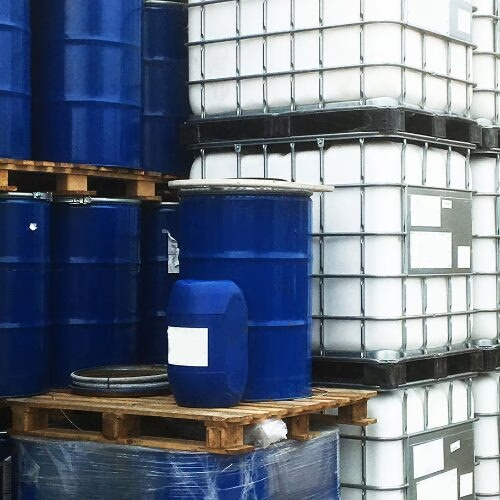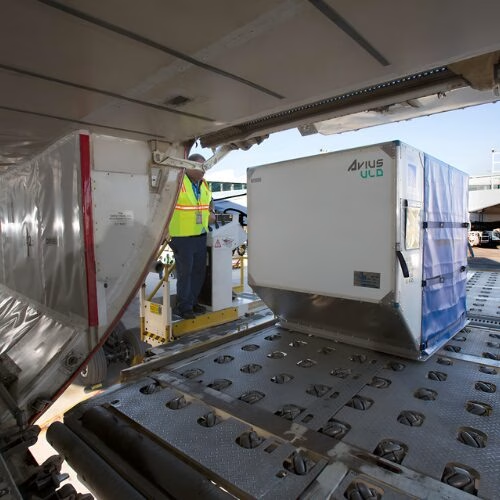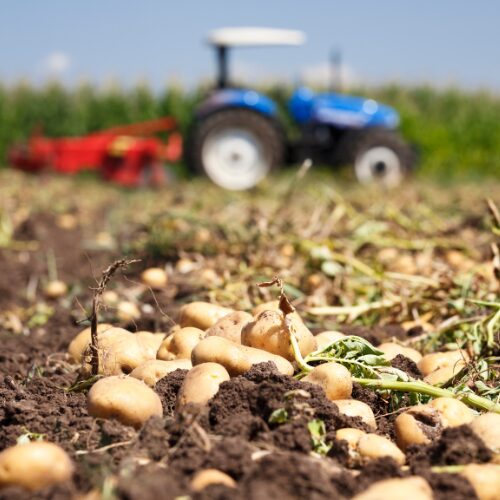At Ecomatters, we are experienced in working with companies across several global industries. One of the key industries we work with is the metal manufacturing industry. Underpinning sectors such as construction, automotive, energy, and electronics, the metal manufacturing industry is a significant contributor to the global economy. Unsurprisingly, its global significance also means that its practices also carry a significant environmental impact.
Combined, the steel and aluminium industry account for approximately 10% of all global CO2 emission. In response to this, metal manufacturers are looking for ways to minimise their environmental impact. One way of doing this is by increasing the quantity of recycled material used in the manufacture of new metal products.
Ecomatters has worked with several manufacturers within the global metal manufacturing industry to help them understand the environmental impacts of their products and communicate this data with their customers via Environmental Product Declarations (EPDs). In this case study we follow the process of completing a Life Cycle Assessment for a metal product and explain how this is transformed into an EPD.
Data collection and life cycle modelling
All LCA projects begin with data. Ecomatters provides an in-depth data questionnaire to the client for completion. This includes, but is not limited to, information on raw materials, utilities, packaging and waste treatment and end-of-life.
The source of the data input for the LCA can vary depending on the type of company we’re working alongside. For example, metal manufactures who manufacture products such as sheets or billets that are then sold for use as is, or for further manufacturing, may have access to primary data on all sheet or billet manufacturing steps up-to the factory gate.
However, if you are the company purchasing the billets or sheets for further product manufacturing, you may need to request third-party data from your supplier. This data should detail the composition of metal purchased, including its recycled content. Often, in these circumstances, data on the actual manufacturing process is confidential. In which case, the manufacturing of the purchased metal is modelled using metal manufacturing datasets from a Life Cycle Inventory such as Ecoinvent.
Once the data questionnaire has been completed, the LCA model is created using LCA software such as LCA for Experts or SimaPro. Results displaying the environmental impact of the product(s) under study are then extracted.
From LCA to EPD: The publication process
The results of the LCA are inputted into a template provided by the EPD platform. Alongside the EPD documents, a full LCA report detailing the methodology followed and the full results is produced. This report, and EPD documents are then reviewed by a third-party reviewer. The full LCA report remains confidential between Ecomatters, the client, and the third-party reviewer. It is not published with the EPD.
Once the review is finalised, the EPD documents are published on the website of the EPD program operator. Interested in seeing real-life examples of our EPD work? You can find EPDs for metal manufacturers Ecomatters supported in the MRPI database.
Determining the recycled content of the final product
The metal industry is steadily increasing the use of secondary (recycled) scrap within products, especially in steel and aluminium. When performing LCAs and developing EPDs for metal products, it is important to determine how the % recycled content will be communicated.
As well as conforming to ISO14025, EPDs are often produced in accordance with additional product category rules (PCRs). For construction products, the PCR is EN15804+A2. Within this PCR, the recycled content of your product is determined by the actual physical material input and output flows. This means that only the materials that can be verifiably tracked as recycled through the supply chain may be declared as such. Additionally, claims of recycled content must be substantiated with reliable data and documentation.
Recently, however, we have been receiving additional questions on whether it is possible to assign the recycled content to individual products produced from a manufacturing process. This is called the mass-balance approach (MBA) and is considered feasible within the metal industry due to virgin metal products being functionally identical to products containing recycled metals. In simple terms, mass balance involves attributing the recycled content characteristic to specified end products. For example, if you feed 50% recycled scrap into your production system, the MBA allows you to “assign” that recycled content to a proportion of your outputs. This would effectively label some products as 100% recycled and others as 100% virgin.
This approach is not allowed under EN15804+A2 or for EPDs published on Eco Platform but may be possible under other schemes outside of EN15804 construction EPDs (eg. for plastics and chemicals), or for non-EPD purposes.
If you are interested in working with Ecomatters to create EPD documents for your products, calculate your product carbon footprint, or communicating the recycled content of your product, contact us or plan a call with one of our experts.











